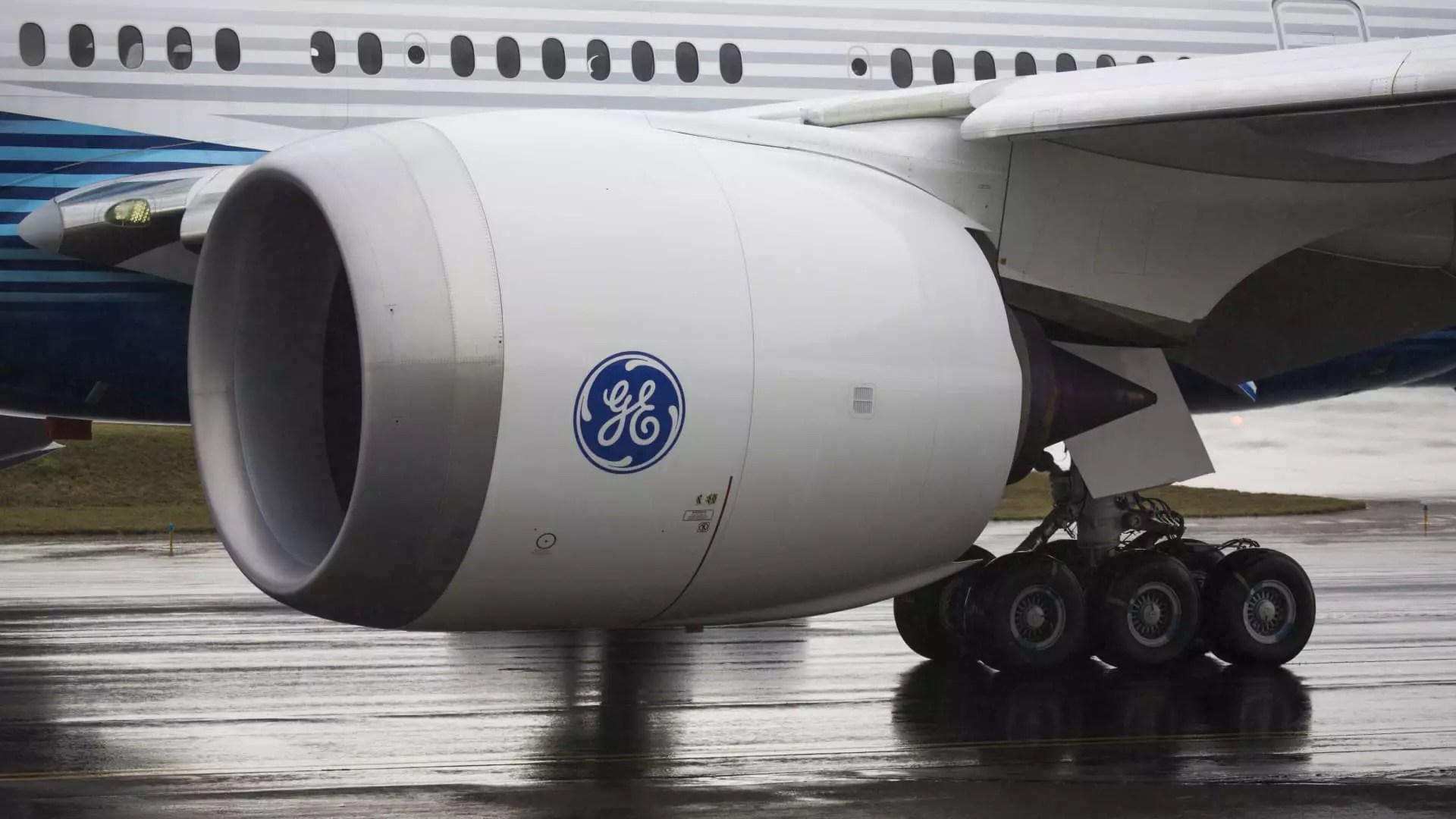In a world overshadowed by fluctuating trade policies, GE Aerospace emerges as a beacon of resilience, according to Bank of America analyst Ronald Epstein. While many companies languish under the weight of tariffs, GE Aerospace’s strategic foresight and robust infrastructure provide them with a significant edge. Epstein’s recent affirmations underscore that GE’s proactive tariff mitigation strategies, operational agility, and strong market positioning insulate them from the storm most businesses currently face. This sets a transformative precedent for an industry often at the mercy of global economies and political rhetoric.
Market Positioning: A Tactical Advantage
One of the foremost reasons for GE’s relatively unscathed performance in these turbulent times is its enviable position within the aerospace sector. Manufacturing engines for industry giants like Boeing and Airbus has afforded GE the leverage to negotiate and navigate market pressures effectively. While tariffs appear as harbingers of economic ill winds for the rest of the sector, GE’s robust supply chains and trading strategies have equipped it to mitigate costs without sacrificing profitability or operational output.
The critical insight here lies in GE’s market positioning, transforming what could be a perilous disadvantage into a tactical advantage. By successfully engaging in proactive discussions regarding trade, including recent dialogues with former President Trump about surpluses in the aerospace sector, GE emphasizes their commitment to remaining a leading player on the global stage. It is this blend of anticipation and adaptability that has allowed GE to forecast a thriving 2025, a bright spot in a dismal stock market landscape.
Cost Controls: The Backbone of Robustness
General Electric’s confidence is also apparent in its commitment to stringent cost controls. Epstein notes the expected $500 million cost headwind from tariffs, a significant figure, yet not discouraging when juxtaposed with the company’s strategic measures designed to offset these impacts. The overarching theme of GE’s operational strategy is clear: they are not simply reacting to external pressures; they are strategically controlling the fallout.
This proactive mindset bodes well for GE’s operational sustainability, indicating a cautious optimism. GE’s management has skillfully outlined how it intends to absorb tariff-induced costs with measures such as enhanced free-trade zone utilization and acute operational improvements. This level of strategic foresight speaks volumes about GE’s commitment to maintaining profitability in a rapidly shifting economic environment.
The Broader Economic Implications
Yet, as GE Aerospace triumphantly charts its own course, the broader implications of its success are critical to consider. Tariffs have portrayed themselves as a double-edged sword, with the potential to stifle growth or provide opportunities for those adept enough to harness the prevailing dynamics. The aerospace industry thrives on global logistics and strong trade relations, a reality that these tariffs jeopardize. Thus, GE’s success underscores a stark contrast; it is a reflection of both their operational excellence and the chaotic macroeconomic climate that has left many competitors exposed.
The resilience of GE Aerospace also poses broader questions about accountability and strategic planning among industrial giants. Are other companies leveraging similar foresight and agility? Understanding how to mitigate such tariff implications offers invaluable lessons for executives seeking stability amidst volatility—and ultimately reflects on GE’s capacity to not only survive but thrive against considerable odds.
GE’s Propelling Future: An Uncertain Horizon
While GE Aerospace’s stock has demonstrated remarkable growth—nearly 20% increase in 2025—it exists in a market riddled with unpredictability. Recent macroeconomic concerns have overshadowed traditional market indices, and one cannot overlook the potential ramifications if tariff tensions resurface or escalate. Maintaining a bullish outlook and a robust operational strategy is essential for not just GE, but all companies navigating the tempestuous waters of global trade and economic policies.
In this context, it becomes increasingly clear that GE is not merely a leading figure within a volatile landscape; it is effectively reshaping how aerospace companies can position themselves for long-term success. As the company maneuvers through political uncertainties and navigates potential squalls ahead, its strategies serve as a model for resilience—one that speaks to the strength of well-executed plans and informed leadership in the face of chaos.


Leave a Reply